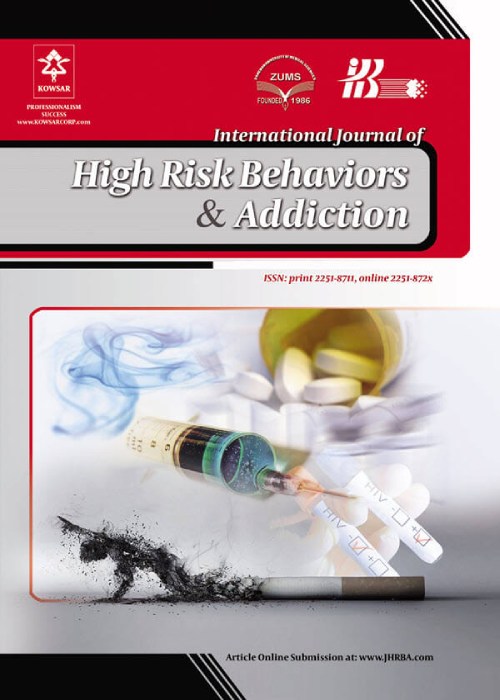The Synergistic Relationship between the Psychology of "Dhikr and Peace" and the Epistemological Approach of the Verses of the Holy Qur’an
Poisoning is a critical global health problem, especially among children. This study aimed to assess the epidemiological features, clinical signs, and risk factors of childhood poisoning in the southeastern region of Iran.
Methods:
This cross-sectional study was conducted on 636 children and adolescents admitted to the Emergency Department of Ali Ebne Abitaleb Teaching Hospital in Zahedan, Iran, within 2014 to 2020. The collected data were clinical symptoms at the time of admission, socioeconomic and demographic determinants, poisoning agents, admission to the pediatric intensive care unit (PICU), using antidote, hospital stay in days, discharge status from the hospital, self-poisoning, gender, and place of residency. The data were analyzed using SPSS software (version 18), and the level of significance was considered 0.05.
Opium was the most common poisoning agent with the age of 8years and femalepriority. Among poisoned subjects by chemical agents, the highlighted symptoms were respiratory distress, decreased peripheral oxygen saturation (SPO2), nausea and vomiting, fever, and a decrease in heart rate in the given order. Among poisoned subjects by medicinal agents with a decrease in SPO2, a decrease in consciousness and blood pressure was common. More frequent symptoms in children poisoned by opium were a decrease in SPO2, myosis, a decrease in heart rate, a decrease in respiratory rate, seizures, and nausea and vomiting. The factors, including antidote, gender, place of residency, poisoning by accidental events, admission to PICU, and days stayed in the hospital, were the significant factors in poisoning.
Poisoning by opium agents was more common than other agents in Iran in lower age groups. Poisoned children by opium agents had severe symptoms with higher frequency than other agents. Antidote, gender, place of residency, poisoning by accidental events, admission to PICU, and days stayed in the hospital were significant factors in agent poisoning.
- حق عضویت دریافتی صرف حمایت از نشریات عضو و نگهداری، تکمیل و توسعه مگیران میشود.
- پرداخت حق اشتراک و دانلود مقالات اجازه بازنشر آن در سایر رسانههای چاپی و دیجیتال را به کاربر نمیدهد.



